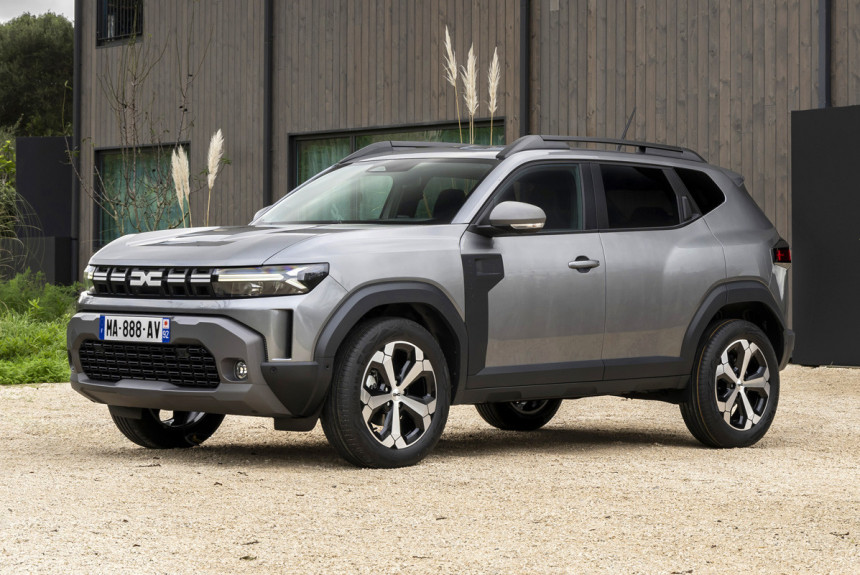
It is in Russia that the second-generation Duster entered the market only in 2021 and prematurely retired together with Renault, and remained a curiosity. The global premiere of this crossover took place much earlier — in 2017. The “second” Duster has already gone through a facelift, and last year it even turned out to be the best-selling crossover in Europe! Over 13 years, 2.2 million Dusters of two generations have been produced at the Dacia plant in Pitesti alone. And now a new model comes on the scene.

The changes in appearance are cardinal, especially considering the minimal difference between the first and second generation cars. Dacia Duster pleases with clean and concise lines in an adult off-road style. And the large and almost horizontal hood is an echo of the failed unification… with Lada Niva 3! The Vaz car was supposed to become part of a large family, but the project was closed after Renault left.
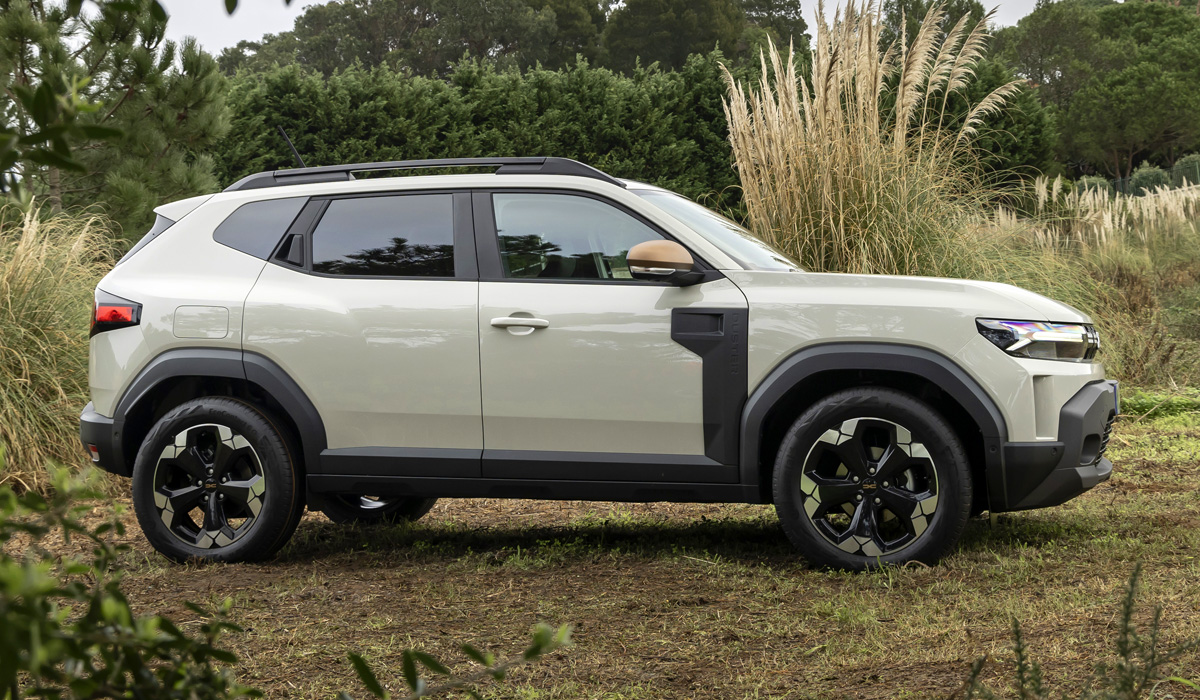
The body of the Duster is encircled by a protective body kit made of unpainted Starkle plastic, which is 20% recycled and has increased strength. And the massive bumper pads are made of mass-painted plastic. In the design of lighting equipment and radiator grilles, Y-shaped motifs in tune with the new corporate logo are generously used.
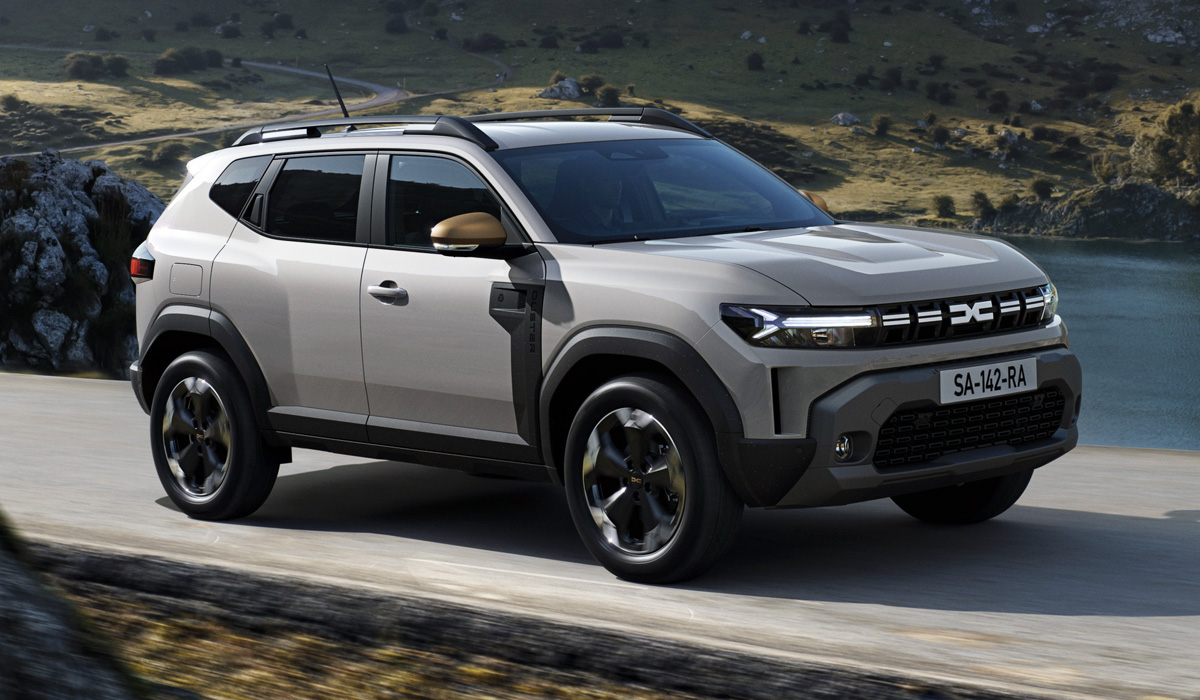
Despite the revised proportions, the size of the “third” Duster differs only slightly from its predecessor: 4343 mm in length, 1810 mm in width and 1660 mm in height. However, thanks to the use of the CMF-B modular platform, instead of the outdated B0, an increase in space for passengers and luggage is promised. For example, the distance between the rows of seats has increased by 30 mm. The trunk volume is 472 liters according to the VDA method.
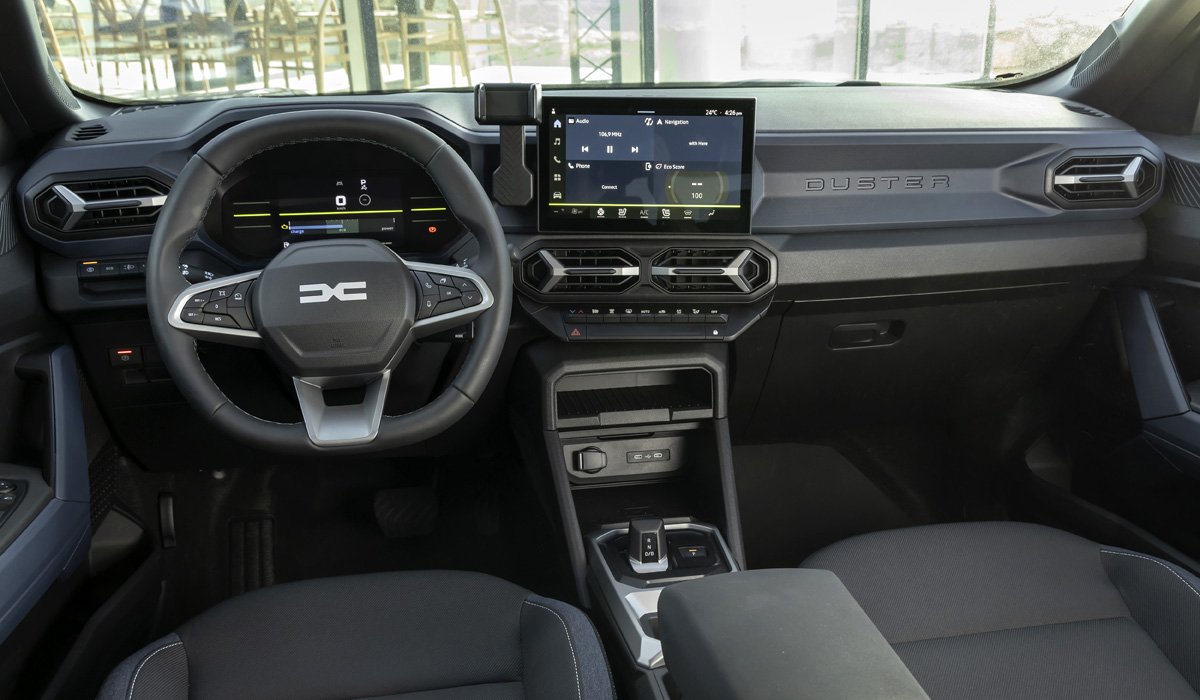
The interior has also become more brutal. On the high front panel there is a 10-inch screen of the media system, turned 10 degrees to the driver. The device supports Apple CarPlay and Android Auto protocols, can be updated “over the air”. In expensive versions, navigation with traffic alerts and an Arkamys 3D audio system with six speakers also appear. Although in the database, according to the model of other Dacia models, there is only a docking station for connecting a smartphone.
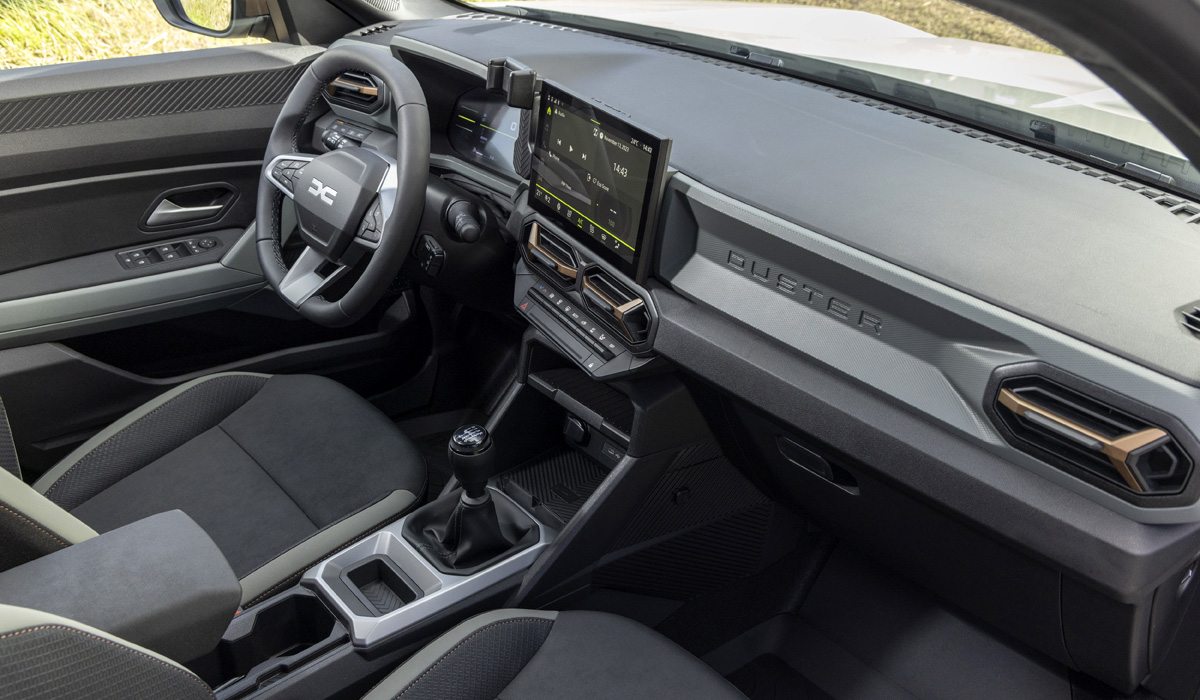
For the first time, Duster has virtual devices on a 7-inch screen, although the basic versions are still equipped with analog scales with a 3.5-inch display between them. Branded holders for YouClip smartphones with four USB-C connectors with backlight are provided.
The new Duster offered three variants of the power plant, and there is no diesel in the range anymore. Instead, there is the Hybrid 140 power unit, which is an E—Tech system already used on European Renault models and the Dacia Jogger station wagon. It combines a 1.6 petrol atmospheric engine (94 hp), a traction electric motor (49 hp) and a starter generator. They are connected to a robotic gearbox without a clutch and synchronizers: the gears are switched by cam clutches, while possible jerks are smoothed out by electronics that coordinate the rotation speeds of the crankshaft of a gasoline engine and an electric motor. The peak power of the system is 140 hp, the capacity of the traction battery is only 1.2 kWh. And this is the only two-pedal version of the Duster, the rest have only six-speed “mechanics”.
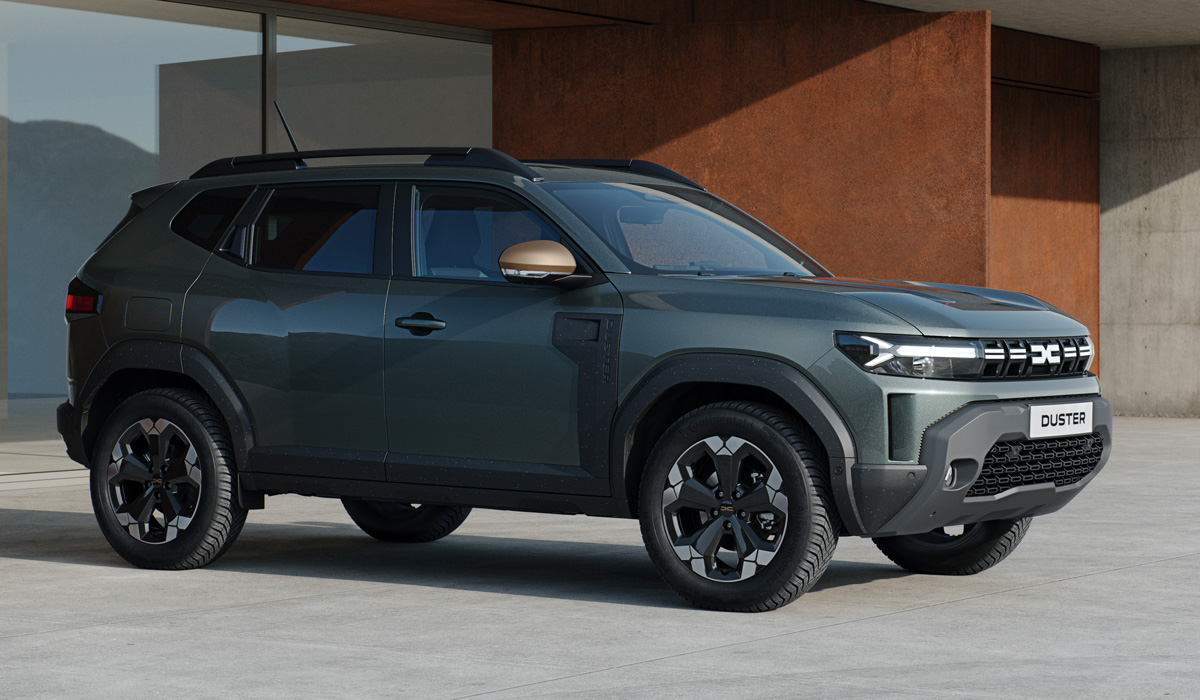
The second modification is called Eco-G 100. She has a three-cylinder turbo engine with a volume of 1.0 liters, which can run on gasoline and propane. Such a crossover has a gas tank and a gas cylinder with a volume of 50 liters each, and the total power reserve without refueling reaches 1300 km. Finally, a 1.2-liter gasoline turbine (TCe 130) is proposed, operating on an economical Miller cycle and supplemented with a 48-volt starter generator. That is, it is a “soft hybrid” with a 0.8 kWh battery: such a crossover cannot move on electric traction, but the starter generator helps to reduce fuel consumption by 10%. And only such a Duster can be ordered with all-wheel drive for an additional fee: a full-fledged hybrid and a gas version have only front-wheel drive.
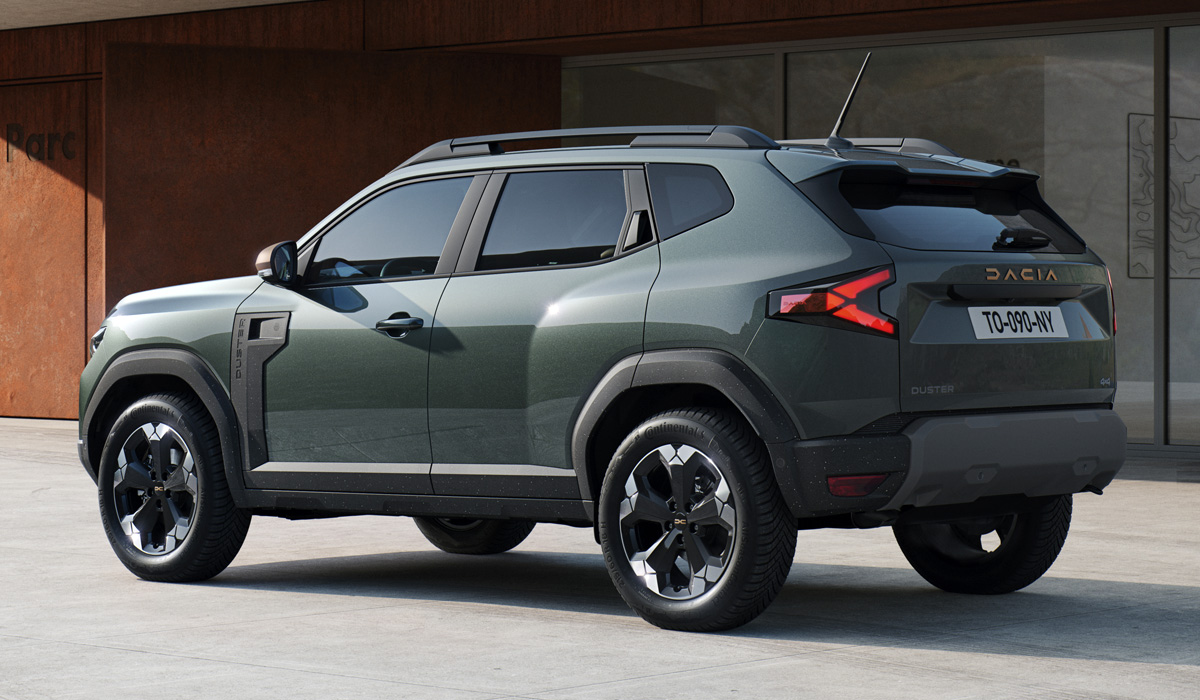
The Duster 4×4 has an impressive ground clearance of 217 mm (the mono-drive versions have 209 mm) and off-road driving modes Mud/ Sand, Snow and Off-Road. The four-wheel drive has an entry angle of 31°, an exit angle of 36° and a descent assistant operating at speeds from 0 to 30 km/h. When driving off-road, the key parameters are displayed on the screen of the media system. The new platform, according to the creators, allowed to reduce vibrations and noise from the road, and in addition provided a “quantum leap” in the pleasure of driving.

The new Dacia Duster will be available in four trim levels. The basic Essential will offer six airbags, rear parking sensors and 16-inch steel wheels. At the second level of Expression equipment, a media system, a digital instrument panel, a rear-view camera and 17-inch alloy wheels appear. In the Journey’s top configuration, the wheels are an inch larger, and there is also climate control, wireless charging for a smartphone, an electromechanical “handbrake” and keyless access. The Extreme off-road equipment stands out, distinguished by the wear-resistant seat upholstery, rails, rubber mats, YouClip holder system and “bronze” accents in the cabin.
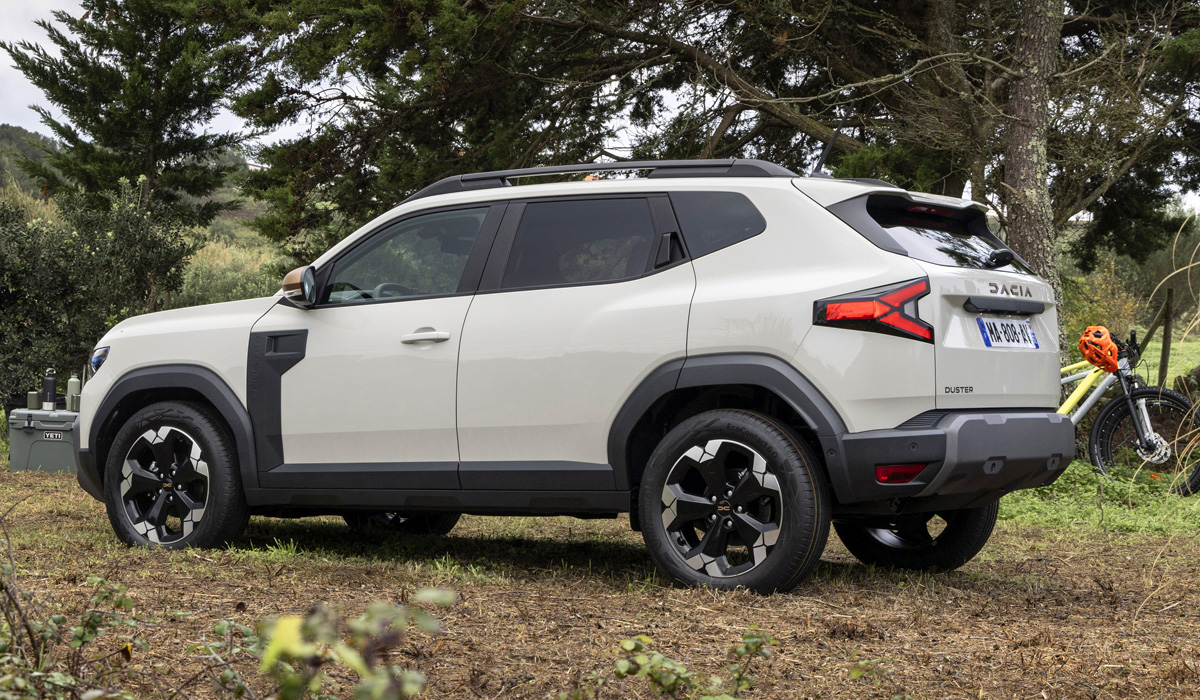
The Dacia Duster of the third generation will appear on the European market only by the summer of 2024. Prices have not yet been announced, but it is expected that the basic version will still meet 20 thousand euros. Now the outgoing “second” Duster in France costs from 18 thousand euros.